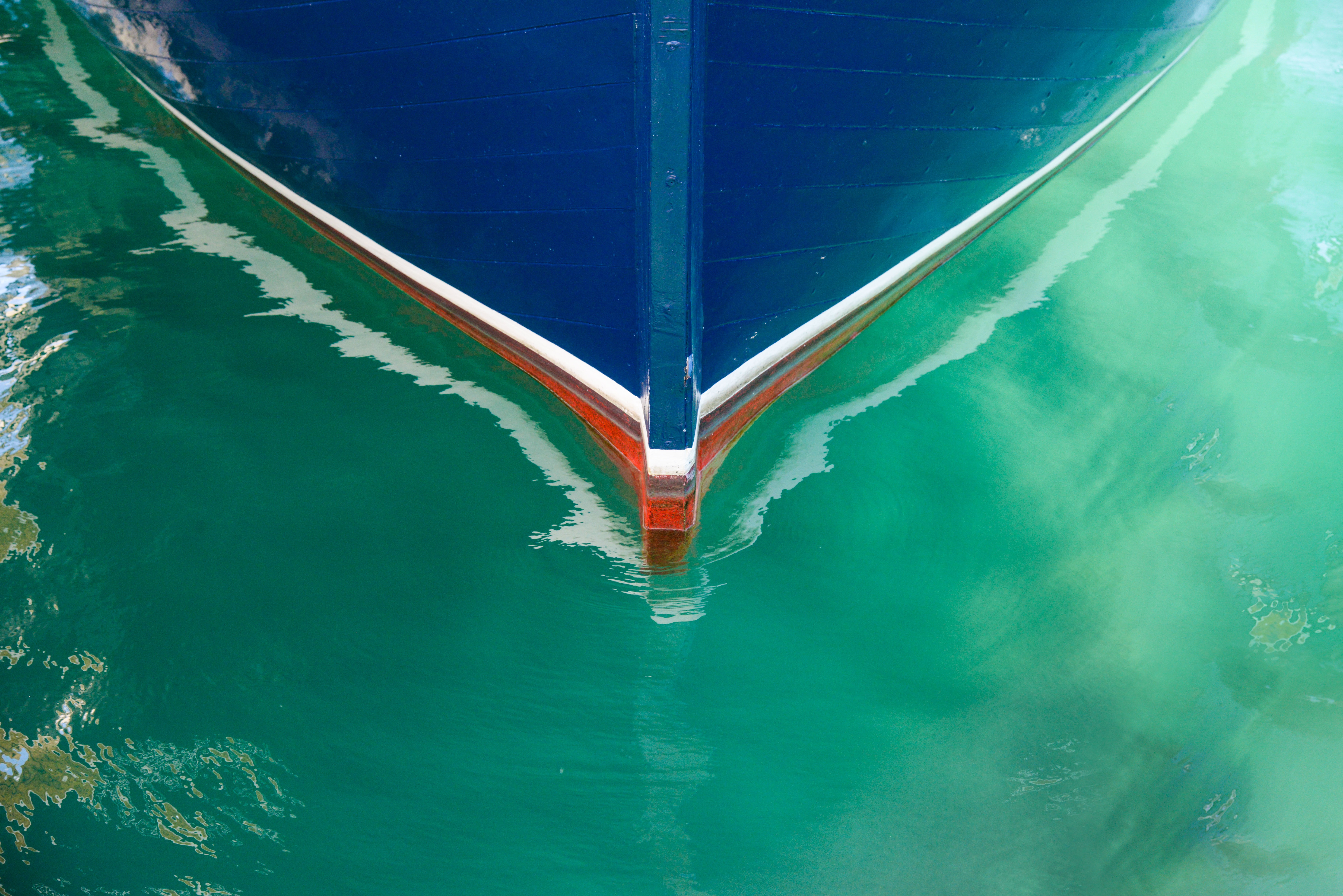The auto industry has raced ahead on an electric wave and the boating industry is starting to get on board. Bolstered by new technology, electric boats are no longer held back by low-horsepower engines and massive batteries that take up nearly half the boat.
With more manufacturers investing in the technology - instead of relying solely on gas or diesel fuel - electric boats are now faster, have smaller batteries with longer ranges, and maintain zero-emission outputs.
What does this mean for boat owners? First, cruising across the water on electricity could make our waterways less polluted - and more beautiful. Plus, electric engines require far less maintenance than conventional engines because there are fewer moving parts.
Here’s an in-depth look at electric-powered boats and where the industry currently stands.
Overview - Electric Boats Versus Gas Boats
Electric boats are cleaner and emit no sound. Overall, the engines are noiseless, smokeless, and odorless (no more yelling on board because you can’t hear each other or leaving a layer of smoke in your wake).
While they’re quiet and efficient, electric boats require a massive amount of energy to propel through the water. This means they need tremendous, heavy batteries to operate properly, which has been a non-negotiable compromise for many boating enthusiasts.
However, there is a new era of electric boats on the horizon. With lighter batteries, added power, and limited environmental impact, they are making the boating experience even more enjoyable.
Traditional gas-powered boats have their own disadvantages. Not only are they expensive to fuel, but they also require constant maintenance. Most outboard, sterndrive, and inboard gasoline engines require service every 100 hours or annually.
Basic servicing may include an oil and filter change (for 4-stroke engines), changing the lubricant in outboard and sterndrive engines, installing new spark plugs (if needed),and more. If you live in an area with freezing temperatures, you will also have to winterize the engine every year.
Making Ground on Battery-Operated Boats
Many manufacturers and innovative companies are investing in electric propulsion across industries.
Mercury Marine
Mercury Marine is one of the most popular manufacturers of outboard motors and inboard engines. The company is committed to leading the marine industry in electric propulsion.
They recently introduced a new electric outboard, t??he Mercury Marine® Avator™. It operates with zero direct emissions, requires minimal maintenance, and delivers smooth and quiet performance.
Arc
A group of former Space-X engineers and other boating enthusiasts are looking to transform recreational boating with an all-electric, 24-foot cruiser named Arc One. It was developed from scratch and aims to address the common challenges faced by other battery-operated boats.
Arc One has a lightweight, aluminum hull and a 2000-pound 220kWh battery integrated into the floor. To put it in perspective, that’s three times the size of the battery in a Tesla Model Y. The combined weight remains around three tons more than a conventional boat. However, Arc One has a 500-HP motor and can travel up to 40 MPH, with 3 to 5 hours of cruising time.
Candela
Candela is a Swedish tech company developing electric boats unlike anything or anyone else. The Candela C-7 is the world’s first electric hydrofoil speedboat. The hydrofoils slash energy consumption by 80% compared to other conventional-hulled electric boats. It has a relatively light battery and uses fighter-jet technology to power the boat’s software and electronics.
By placing magnet motors under the water, cruising is completely silent. There are no typical whirring sounds stemming from mechanical transmissions and gearboxes. This unique propulsion approach creates a boat motor that is both efficient and long-lasting. It requires no maintenance and lasts 3,000 hours without service. There is no need to change oil or cooling fluid. The sealed electric motors are cooled by the water.
General Motors
Even General Motors is getting into the electric boat industry. The company recently backed the Seattle-based electric boat startup, Pure Watercraft. This collaboration presents an exciting opportunity to promote sustainability and expand zero-emissions mobility beyond the automotive industry.
The Pure Outboard from Pure Watercraft is designed with lithium-ion-powered, electric outboard systems that take full advantage of the latest innovations in motors, materials, and power electronics. The motor is extremely efficient, which benefits the boat’s performance, lowers operating costs, and reduces maintenance commonly found in traditional marine propulsion systems. There are no fluids to check or fill, no spark plugs, no cooling loop to get clogged and carry invasive species, and no annual winterization.

